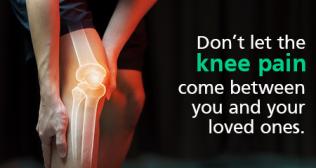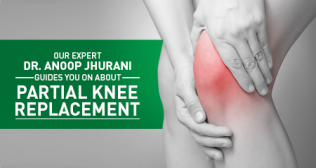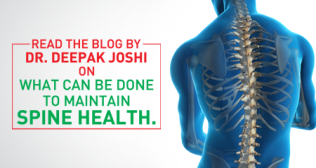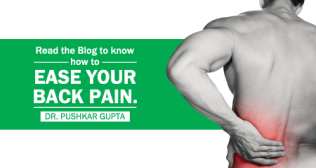
WHY ROBOTIC-ASSISTED SURGERY IS THE NEXT STEP IN BONE AND JOINT CARE
WHY ROBOTIC-ASSISTED SURGERY IS THE NEXT STEP IN BONE AND JOINT CARE
Orthopaedic surgery has entered a new era — one where human expertise is enhanced by robotic precision. As bone and joint conditions such as arthritis, fractures, and deformities become increasingly common, the need for accuracy and personalization in surgery has never been greater. Robotic-assisted surgery is redefining the standards of orthopaedic care, offering patients safer procedures, faster recovery, and better long-term outcomes.
The Evolution of Orthopaedic Surgery:
Traditional joint replacement and bone reconstruction surgeries rely on the surgeon’s skill and experience. While effective, manual techniques can have limitations in precision and alignment — even slight inaccuracies can affect implant performance and joint longevity.
Robotic-assisted systems bridge this gap by combining advanced imaging, AI, and real-time navigation, helping surgeons plan and perform procedures with unmatched precision and consistency.
How Robotic-Assisted Surgery Works:
The process starts with high-resolution 3D imaging of the joint, allowing surgeons to create a virtual surgical plan tailored to the patient’s anatomy. During the operation, the robotic arm acts as an extension of the surgeon’s hand, guiding instruments with sub-millimetre accuracy. The system ensures every cut and placement follows the plan precisely, minimizing errors while the surgeon remains in full control.
Benefits for Patients:
Robotic-assisted surgery offers clear advantages:
- Superior accuracy: Optimal implant positioning for natural joint movement
- Less tissue damage: Smaller incisions and reduced blood loss
- Faster recovery: Less pain and quicker rehabilitation
- Lower complication rates: Reduced risk of implant failure
- Better long-term outcomes: Improved joint function and implant longevity
Applications Across Bone and Joint Care:
Robotic technology is now widely used in total and partial knee replacements, and its role is rapidly growing in:
- Hip replacements for accurate cup placement and leg length balance
- Shoulder replacements for improved alignment
- Spine surgeries for precise screw positioning and stability
The Future of Orthopaedics:
With continued advancements in robotics, AI, and imaging, robotic-assisted surgery is becoming the new benchmark in orthopaedic care. It enhances surgical accuracy, improves patient safety, and delivers results tailored to each individual — marking a major leap toward precision-driven, patient-focused bone and joint treatment.
Categories
Clear allMeet the doctor

- Orthopaedics | Orthopaedics | Orthopaedics and Joint Replacement | Sports Medicine | Orthopaedics and Spine Surgery
-
23 Years
-
750



















